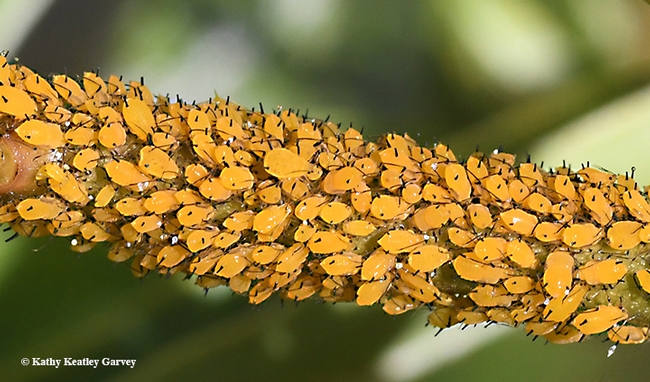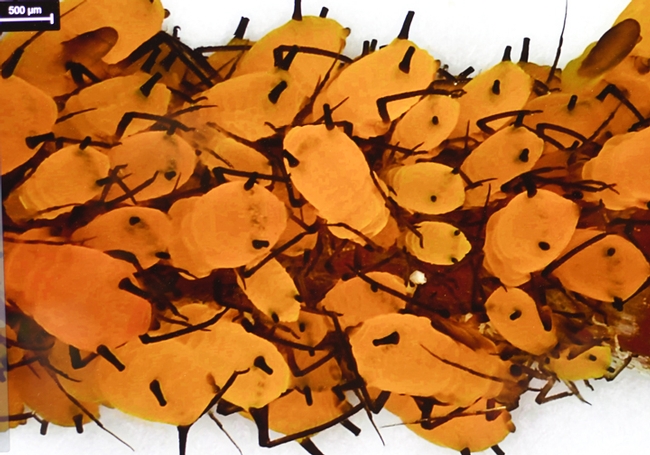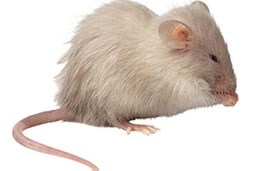Posts Tagged: plant pathology
Broccoli Rotations Lower Pathogen Populations and Reduce Disease Incidence of Verticillium Wilt
SUMMARY Two broccoli plantings immediately prior to growing the verticillium-susceptible crop is recommended for best protection Fresh broccoli...

UCANR banner
Meet Andrea Guggenbickler, Outstanding Academic Advisor
Way to go! Andrea Guggenbickler, staff academic advisor for the Global Disease Biology (GBD) major, part of the UC Davis...

Andrea Guggenbickler, who received her bachelor's degree in global disease biology (GDB) in 2018, has won a staff academic advising for her work in the GDB program.
The Enemy of the Gardener
Aphids, don't you just hate them? Especially those oleander aphids that suck the very lifeblood out of our milkweed plants that we're struggling to...

Oleander aphids clustering on a milkweed stem. (Photo by Kathy Keatley Garvey)

Aphids magnified on a Leica DVM6 microscope, operated by Lynn Epstein, UC Davis emeritus professor of plant pathology.
Scientists unravel mystery of disease resistance
Even though it's been about 1 billion years since plants and animals parted ways from their common ancestor, scientists have learned that over the eons they developed similar mechanisms for detecting microbial invasions and resisting disease, according to a study published in the journal Science.
The article, written by UC Davis plant pathologist Pamela Ronald and Scripps Research Institute mammal geneticist Bruce Beutler, describes how researchers used common approaches to tease apart the secrets of immunity in species ranging from fruit flies to rice. It also forecasts where future research will lead, said a UC Davis news release.
News about the scientific discovery was picked up widely by medical and scientific websites and blogs, including
“We now know that plants and animals respond to microbial signature molecules using analogous regulatory modules, which likely came about as a consequence of convergent evolution,” Technology Today quotes Ronald.
Medical Daily noted that the discovery will likely help future researchers find new drug targets to control deadly bacteria for which there are currently no effective treatments.
The paper in Science is dedicated to Julius Rothstein (1830-1899) and his wife, Fanny Rothstein née Frank (1834-1911), the great, great grandparents and last common ancestors of the authors.

The lineages of humans and mice diverged 60-120 million years ago.

